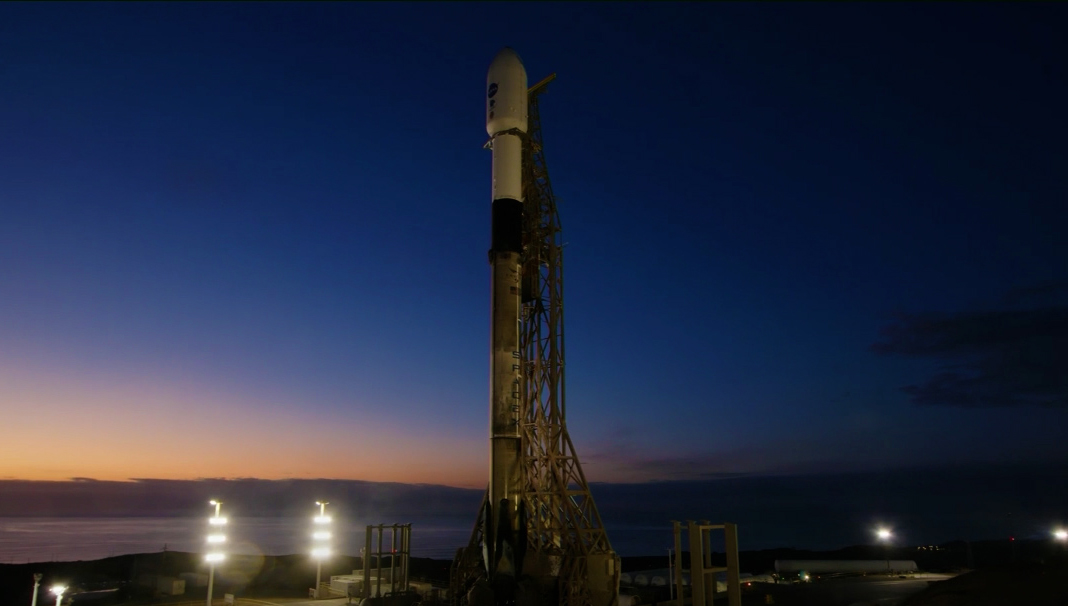First Stage Fueling Started

Moments ago, mission teams polled “go” to begin fueling the SpaceX Falcon 9 first-stage booster.
We’re now just under 45 minutes from launch, and the rocket is being loaded with RP-1 (rocket grade kerosene). The rocket’s first stage also is being fueled with liquid oxygen, and a few minutes from now, fueling will begin for the second stage.
NASA Science missions previously launched by SpaceX include Sentinel-6 Michael Freilich, DART (Double Asteroid Redirection Test), IXPE (Imaging X-ray Polarimetry Explorer), Psyche, SWOT (Surface Water and Ocean Topography), PACE (Plankton, Aerosol, Cloud, ocean Ecosystem), GOES-U (Geostationary Operational Environmental Satellites U), Europa Clipper, Jason 3, and TESS (Transiting Exoplanet Survey Satellite). The company is also scheduled this year to launch TRACERS (Tandem Reconnection and Cusp Electrodynamics Reconnaissance Satellites), IMAP (Interstellar Mapping and Acceleration Probe), Carruthers Geocorona Observatory, SWFO-L1 (Space Weather Follow On L1), Sentinel 6B, and TSIS-2 (Total and Spectral Solar Irradiance Sensor -2), and NASA’s upcoming infrared space telescope, the Nancy Grace Roman Telescope, by May 2027.

























